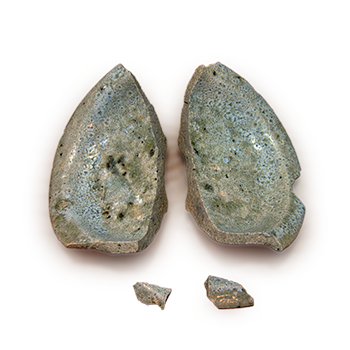
At IoriHisashi Kintsugi Dojo, we teach kintsugi techniques that anyone can learn and practice at home through hands-on experience. While hiring a professional artisan will yield a beautiful finish, we understand various reasons why people choose to do it themselves—whether it’s a desire to do it personally, a desire to avoid high costs, or a lack of time. We teach the methods for doing it yourself.
You can use readily available materials and common household tools, adapting to your own environment and methods. While the results may not match a professional artisan’s work, the satisfaction of doing it yourself can make up for that. Furthermore, as you gain experience, your results will gradually improve. Since this varies from person to person, we provide guidance tailored to each individual.
If you’re thinking, “I want to try kintsugi myself,” please feel free to join us.
Fees
Experience Fee: 1 day – ¥18,000~ (approx. 3 hours) 3rd session onwards: 1 day – ¥9,000
Minimum Required Time: Approximately 3 hours are necessary
For bringing in your own artwork, a minimum of 2 sessions is required for finishing.
・Approximately 24 hours are required for curing and polymerization of the epoxy resin used as a base for damaged items.
・Approximately 24 hours are required for curing and polymerization of the epoxy resin used for gold sprinkling.
Material Price
Epoxy Resin Price: Free
Gold price for kintsugi: ¥1000 per 0.01㎡ (10mm×10mm) or more
(Judged by visual estimation)
Shipping fees are charged separately.
*At Ankyu, we use resin (epoxy resin, Nisshin Resin, Crystal Resin) for kintsugi bonding and coating instead of natural lacquer.
About Epoxy Resin
Epoxy Resin Toxicity
Toxicity of Reactive Resins
Adhesives and paints that utilize chemical reactions for curing or polymerization possess a certain degree of toxicity.
Reactive resins include those that cure by reacting a base component with a hardener, like epoxy resin or polyurethane resin, as well as those that cure using a hardener and a catalyst as the hardener, like polyester resin.
Non-reactive adhesives include vinyl acetate emulsion (wood glue), starch paste, and animal glue, which cure by moisture evaporation or utilize gelation. In coatings, alkyd varnishes are also non-reactive.
Conversely, even single-component adhesives like cyanoacrylate (instant glue), which cure by reacting with moisture in the air, possess reactivity.
Reactive adhesives are considered to have varying degrees of reactivity and sensitization potential for the human body.
The toxicity of resins referred to here pertains to the toxicity they pose to humans during bonding or coating operations. Once cured and fully cured, the resins or coatings naturally cease reacting and can be considered non-toxic.
The toxicity of epoxy adhesives arises when the base resin (epoxy resin) and hardener (polyamide amine) are in liquid form, i.e., before curing. If you forget to wear gloves and it gets on your skin, it can cause a rash. However, once cured, it becomes a three-dimensional resin, and the toxicity is effectively eliminated.
What are the hazards of epoxy adhesives?
Specifically, the concern is contact dermatitis caused by the low-molecular-weight polyamines contained in the hardener (polyamide amine), which can irritate the skin. This is similar to lacquer rash.
When sanding hardened material with epoxy resin on it, wear a mask or use a ventilation fan or blower to avoid inhaling dust.
Wipe off epoxy resin from tools with tissue paper soaked in thinner. If it gets on your hands or skin, wash it off immediately with water.
Main components of synthetic resin
Main agent: Bisphenol A liquid epoxy resin ⇔ Hardener: Modified alicyclic polyamine
Resins used in dentistry (such as composite resins) are generally processed during the manufacturing process to convert bisphenol A (BPA) into bisphenol GMA.
